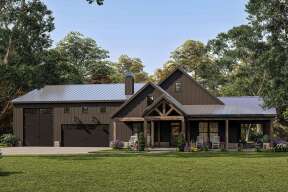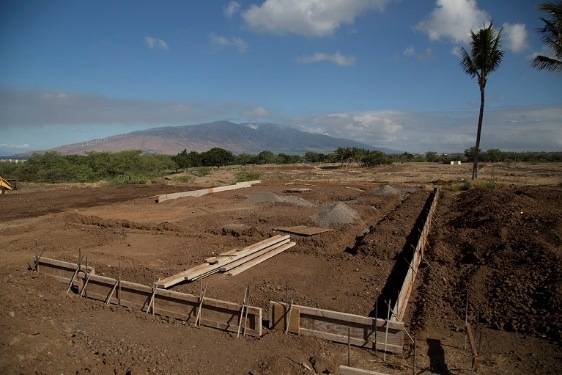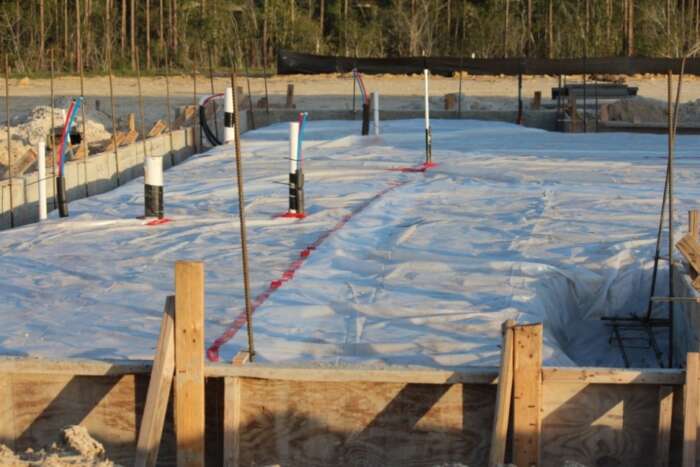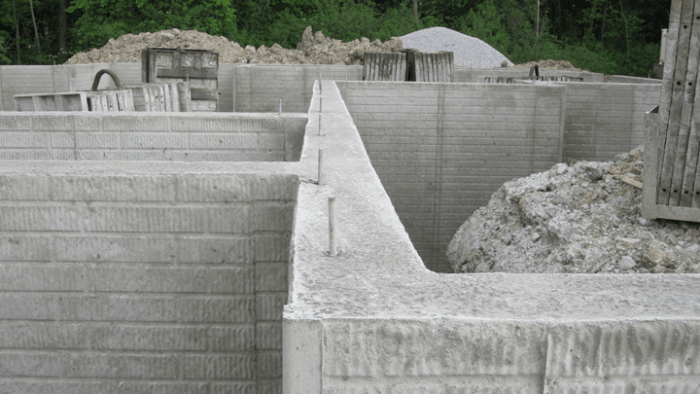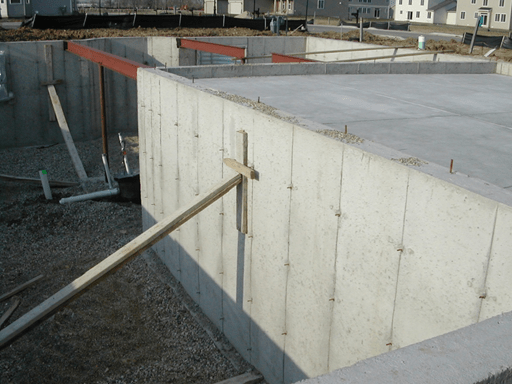- Shop
- Styles
- Collections
- Garage Plans
- Services
-
Services
- Cost To Build
- Modifications
- PRO Services
- Contact Us
- Learn
-
Collections
- New Plans
- Open Floor Plans
- Best Selling
- Exclusive Designs
- Basement
- In-Law Suites
- Accessory Dwelling Units
- Plans With Videos
- Plans With Photos
- Plans With 360 Virtual Tours
- Plans With Interior Images
- One Story House Plans
- Two Story House Plans
- See More Collections
-
Plans By Square Foot
- 1000 Sq. Ft. and under
- 1001-1500 Sq. Ft.
- 1501-2000 Sq. Ft.
- 2001-2500 Sq. Ft.
- 2501-3000 Sq. Ft.
- 3001-3500 Sq. Ft.
- 3501-4000 Sq. Ft.
- 4001-5000 Sq. Ft.
- 5001 Sq. Ft. and up
-
Recreation Plans
- Pool Houses
- Sheds
- Gazebos
- Workshops
-
Services
- Cost To Build
- Modifications
- PRO Services
- Contact Us
Poured Concrete Foundation Quality Tips
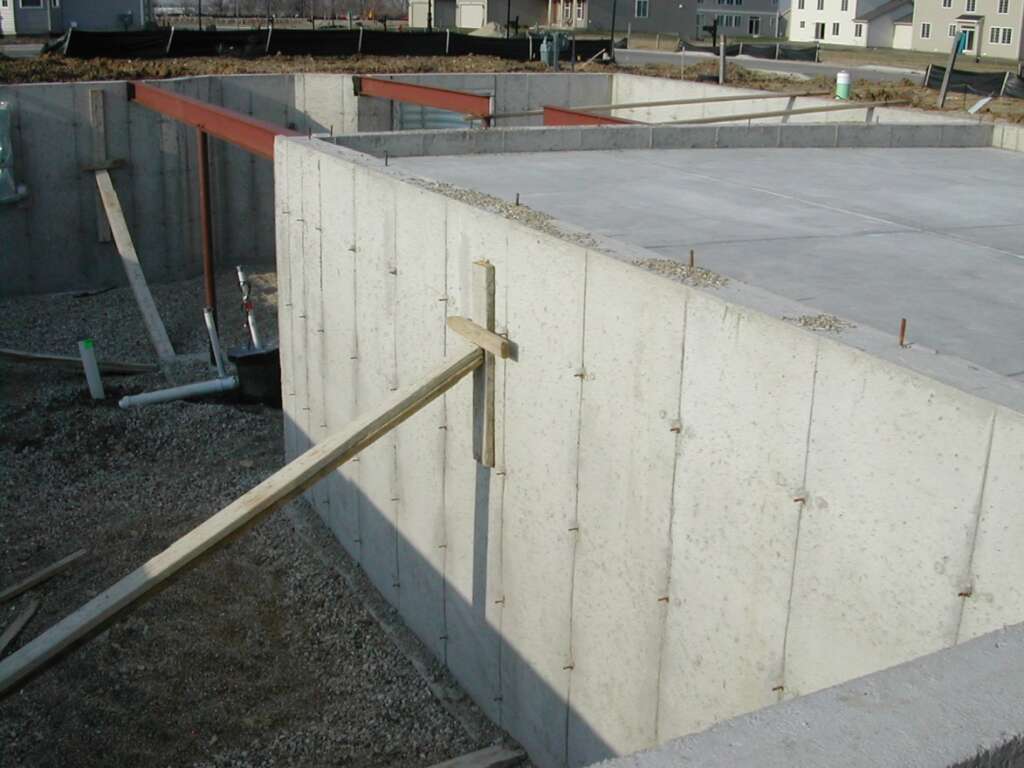
Braced Foundation
The foundation for your new home supports the entire structure and its contents. Many builders consider this to be the most important element to building a quality, trouble-free structure. Poured concrete foundations are becoming the standard for many new homes in the U.S. because of the high strength, lower cost, and ease of installation. As a builder, I’ve seen entire sections of foundation wall cave in due to poor installation techniques. So what are some of the key items to look for when installing a poured concrete foundation to ensure quality?
Cure Time
One key component to concrete is hydration. This is the chemical process where the ingredients react, give off heat, and begin to strengthen. The speed of the hydration process is affected by ambient conditions like temperature and humidity. It’s important to provide enough time for the concrete to cure/strengthen before heavy loads are applied. So, it’s a good practice to let a poured concrete foundation wall sit for a minimum of seven days prior to backfill.
In very cold weather, the poured concrete wall may require up to fourteen days to cure to a safe point for placing dirt back up against the exterior. Admixtures can be used to speed up the hydration time so talk to your contractor or engineer to find out how they might affect cure times on your particular project.
Bracing for Backfill
The dirt and moisture on the outside of a foundation put a tremendous amount of pressure on the wall. So in order to counteract these lateral forces, the foundation wall needs some help. When the house is finished, this help will come from the basement slab and the floor joists above. But until these are installed, it’s important to provide temporary bracing prior to backfill. This will help minimize cracking and catastrophic failure of the walls prior to reaching the appropriate strength. Remember, it takes time for the hydration and strength building process to occur in the concrete.
Heavy Equipment
Heavy equipment, like bull dozers and front end loaders, can weigh many, many tons. When this equipment operates next to a foundation wall the soil below the machine will place a large amount of pressure against the wall. For this reason, it’s very important that heavy equipment does not go within the over dig area (this is the over-excavated area from the initial hole for the foundation). Most equipment operators know this but it never hurts to remind them prior to starting the backfill process.
These a just a few of the basic quality control techniques that will help prevent unnecessary cracks and failure of poured concrete foundation walls.

Brandon Hall
Our "go to guy" and company expert, Brandon is the visionary and dreamer of all we do here at America's Best House Plans. He manages quality assurance, audits existing processes for maximum effectiveness, and develops strategies to increase productivity and efficiency. With over 15 years experience in the home design industry, Brandon has a hand in every aspect of the day-to-day operations of our company, in addition to ensuring an unparalleled level of service to our customers.
Related Articles
June 12, 2023
/Brandon C Hall
Single Story Homes Showcase the Appeal of Effortless Living
Single-story homes have always held a special spot in the realm of residential architecture. These b …

March 26, 2019
/Brandon C Hall
10 Details That Make a Home Expensive to Build
When building your dream home, some elements make the home more expensive to build than others …

November 26, 2014
/Michael Luckado
The Inspection Process for New Homes
The local building department can be your best friend when building a new home because they help to …

April 21, 2014
/Michael Luckado
Three Inexpensive Ways to Include Radon Mitigation
Radon gas is known to be the second leading cause of lung cancer in the United States. You can’t …

March 24, 2014
/Michael Luckado
How to Build a Basement That Stays Dry
It’s that time of year again. The snow is starting to melt, and heavy spring rains are on th …

March 3, 2014
/Michael Luckado
So You’re Building a Basement: Poured vs Block Foundations
When you’re building a new home, you want the highest quality for the best possible price. S …

August 23, 2012
/Brandon C Hall
Basement Insulation for Your New Home
While going through the home building process you may be thinking: do I really need to insula …

HOUSE PLANS
SERVICES
Enter your email to receive exclusive content straight to your inbox



